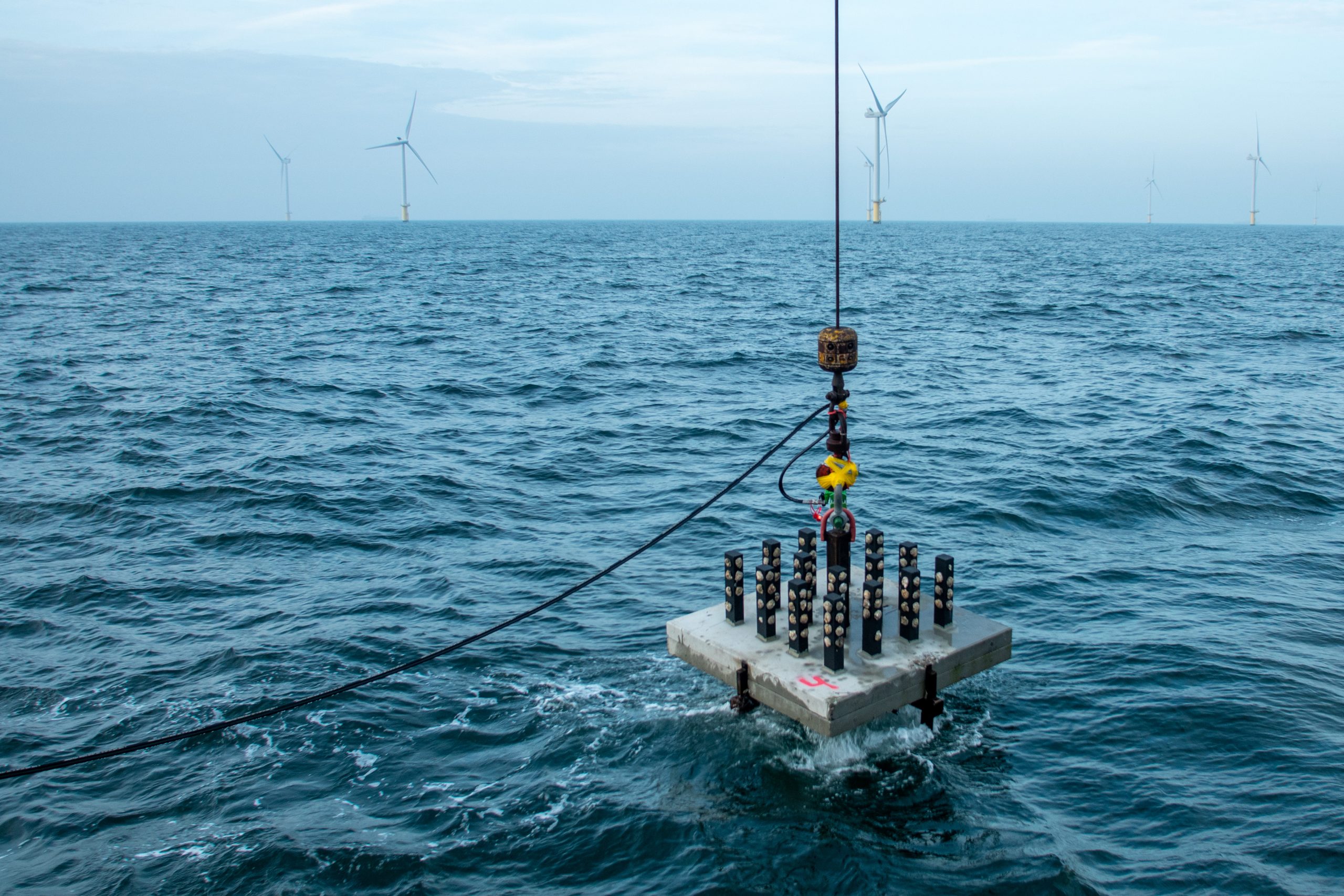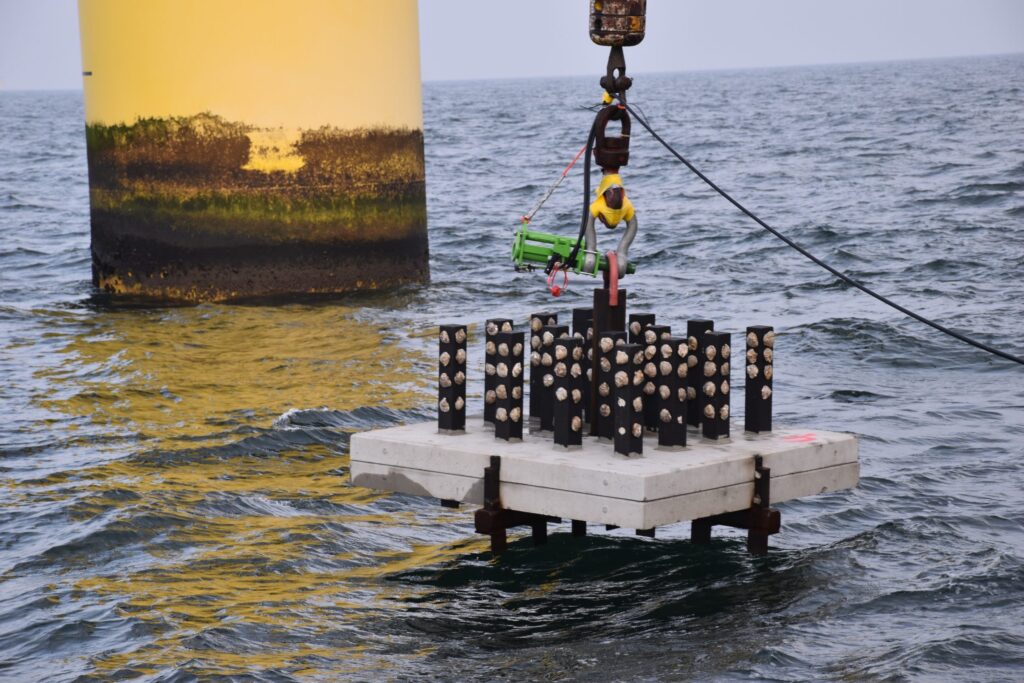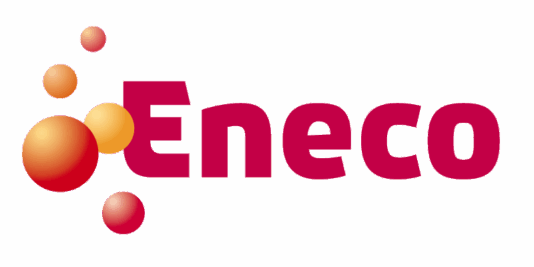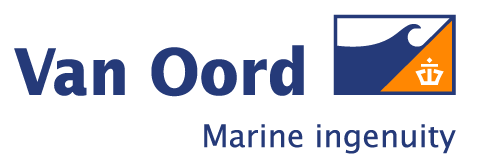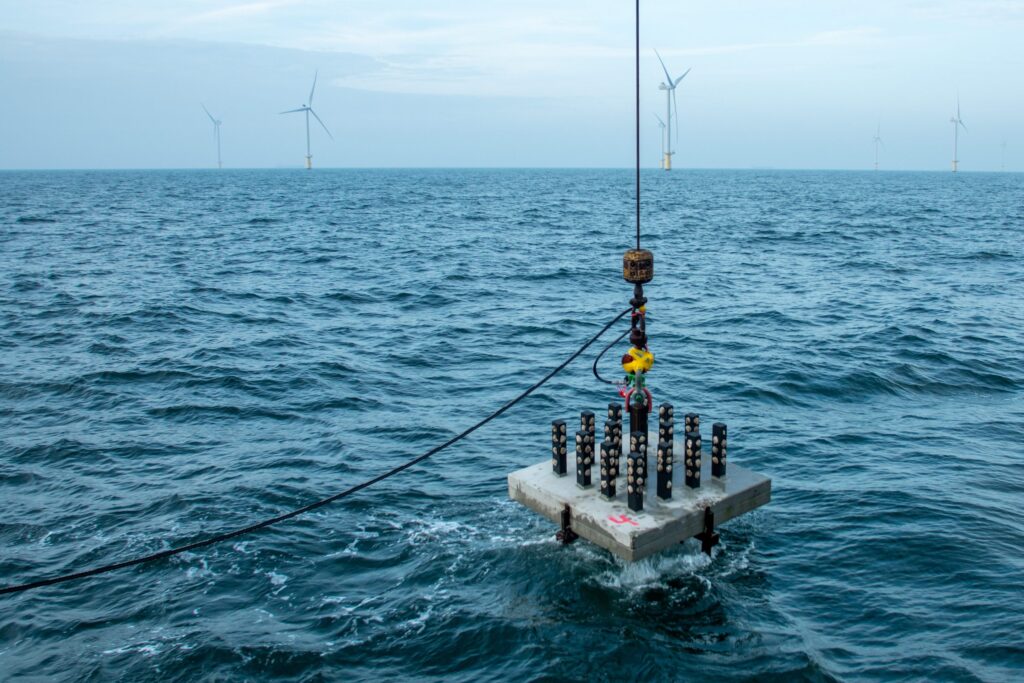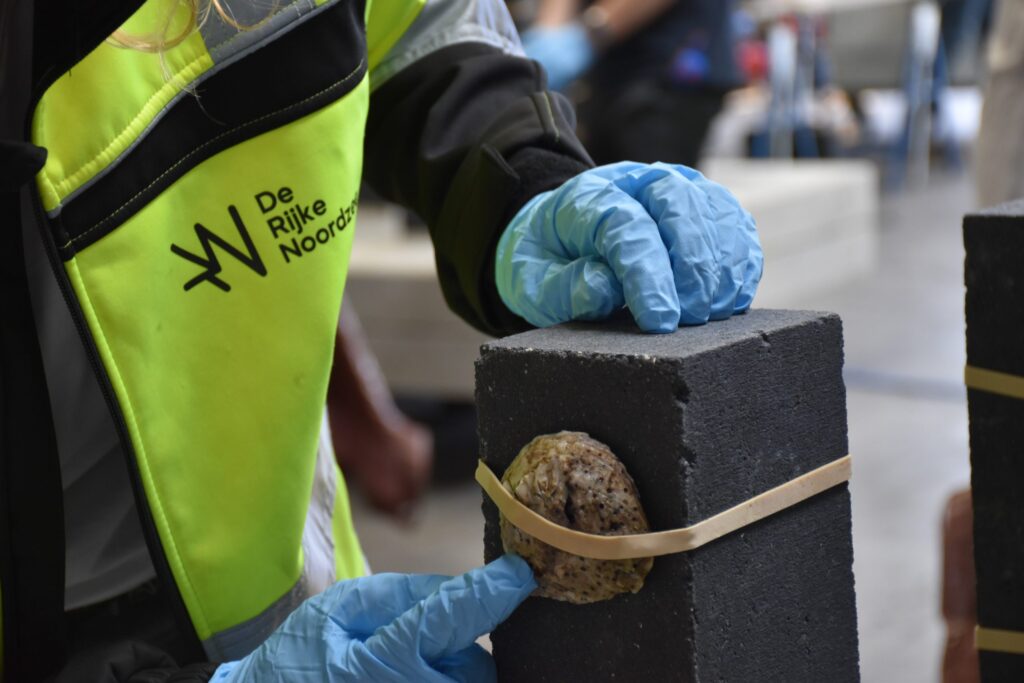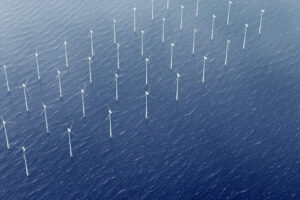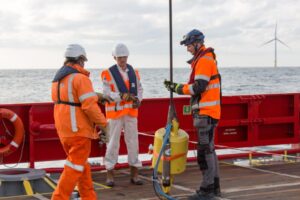During our first mission, we discovered that the artificial reef design didn’t suit the seabed conditions at the wind farm. The oyster cages were buried under sand, leaving little chance for survival or reproduction. This led us back to the drawing board – and after four years of research with Van Oord, we developed a new oyster table design.
The oysters were placed higher up on the new structure, allowing access to fresh water and protecting them from being buried in sand. The structures are low-maintenance and closely mimic natural environments which allow oysters to reproduce and form reefs. As a result, they also provide safe havens for other marine life.
Installed at Luchterduinen wind farm in 2022, we’re now monitoring these oyster tables using e-DNA, larval samples, and ongoing research. Early results are promising, showing a significant improvement in oyster survival rates. We’ll continue to monitor and build on this knowledge.
